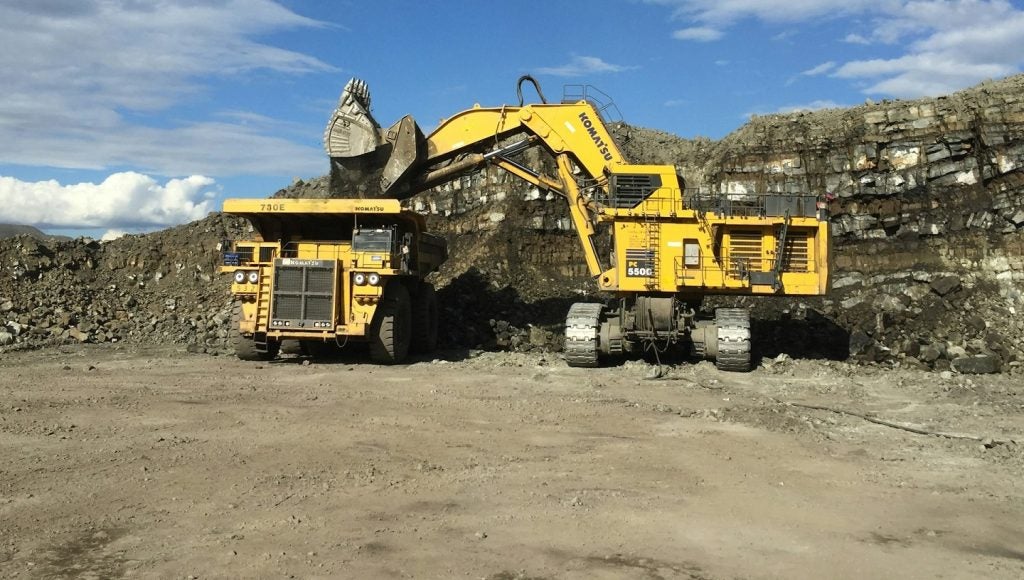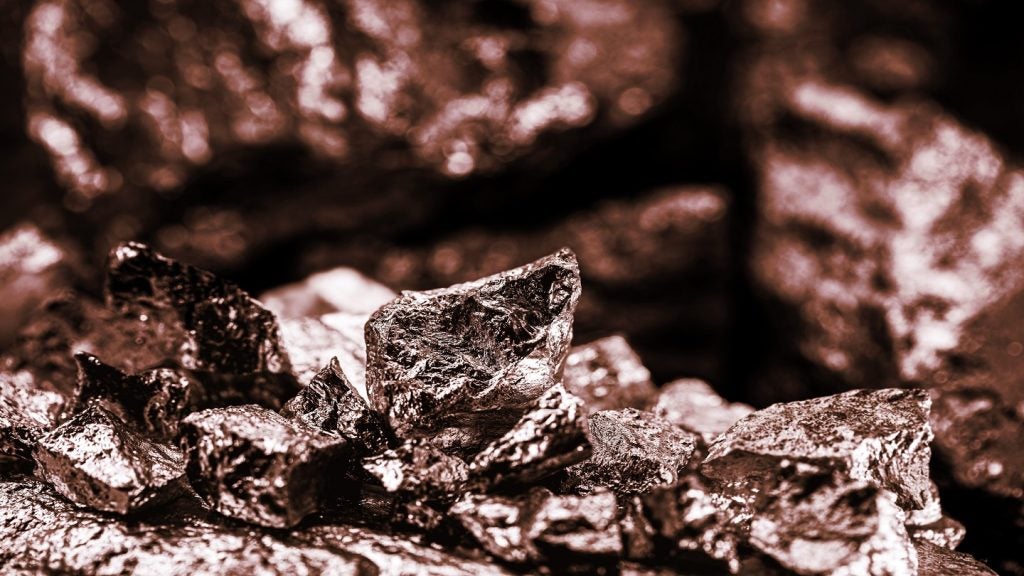The University of British Columbia (UBC) researchers have successfully identified and isolated the organisms that cause acid-rock drainage at mining sites.
UBC’s engineering professor at the Okanagan campus Deborah Roberts said: “Mining waste is an environmental concern in many parts of the world and currently costs a great deal of time and money to the companies that deal with it responsibly.
"Now that we have isolated the type of micro-organisms contributing to this issue, further research may help us manage them with antibiotics, like other bacterial infections."
Acid-rock drainage is an important issue that is known to increase the pH level and dissolved metal content in surface and groundwater, harming plants and aquatic life.
The two-year long UBC study identified three types of sulphur oxidising bacteria and two types of iron-oxidising microbes that become active at low-temperatures and precipitate production of acid in mining waste.
See Also:
Roberts studied numerous samples of tailings from mining projects in Alberta and focused on the types of organisms that are present and their behaviour at different temperatures.
How well do you really know your competitors?
Access the most comprehensive Company Profiles on the market, powered by GlobalData. Save hours of research. Gain competitive edge.

Thank you!
Your download email will arrive shortly
Not ready to buy yet? Download a free sample
We are confident about the unique quality of our Company Profiles. However, we want you to make the most beneficial decision for your business, so we offer a free sample that you can download by submitting the below form
By GlobalDataAccording to the Natural Resources Canada (NRCan), the tailings can be classified as byproducts that remain after extraction and recovery of minerals from the mines.
Currently, according to NRCan, there are two primary methods of long-term tailings management that include wet or dry covers.
Wet covers need site-specific conditions that allow tailings to be submerged in water continuously, known as tailing ponds.
Dry covers use solid material called caps to physically separate the tailings from the environment.
UBC research aims to add a third treatment method to it that allows mining waste to be returned to the natural state without ponds or caps.





